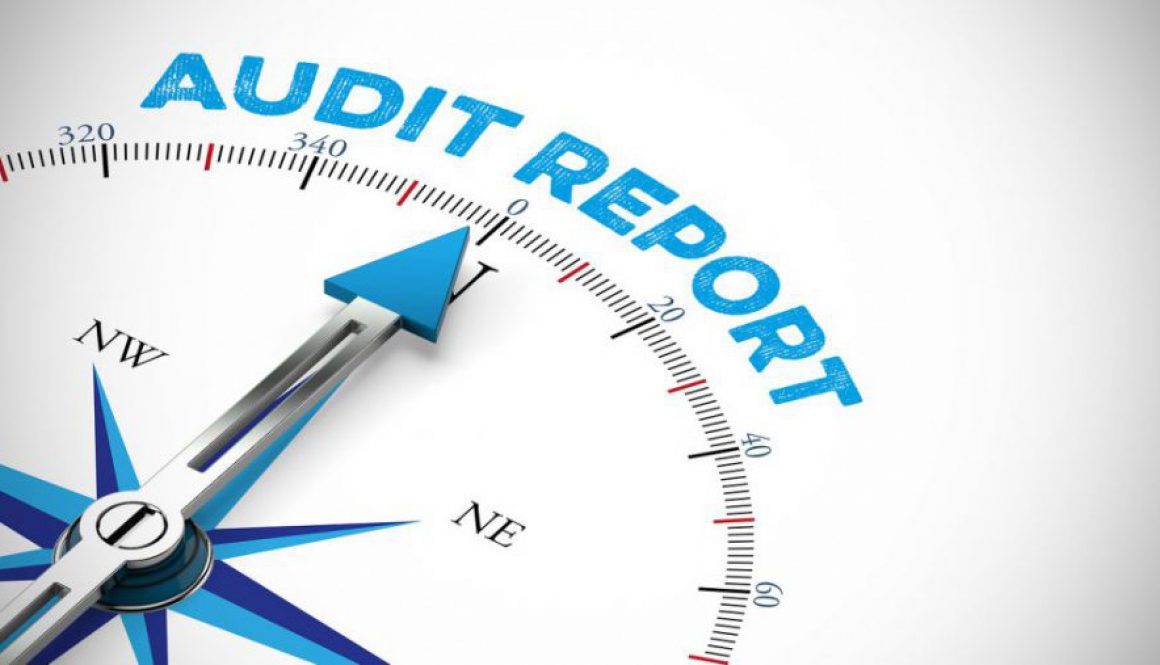Overview of Board Committees
In the ever-changing digital age, board committee structures must constantly evolve to keep up with changes in capital markets and trade policy. Board members face new challenges everyday regarding the complexities of corporate values, strategy and risk management.
A recent Harvard Law School study tracked board structures since 2013 to examine how S&P 500 companies are using board committee structure to address oversight needs. They found that although boards have been growing to encompass additional committees, the underlying framework has remained largely the same and rely on three key committees– audit, compensation, and nominating and governance– that are required by the stock exchanges. Bank holding companies (BHCs) are required to have one additional risk committee to review their global risk-management framework. Beyond this basic structure, most institutions have one additional standing committee to oversee finances or executive order.
During 2013-18, the portion of companies with at least one additional committee grew marginally from 74% to 76%, and the average number of additional committees remained largely consistent.
Harvard Law School Forum on Corporate Governance
Top Additional Committees
Findings on the top additional committees in 2012-18 are as follows.
Executive Committee: Exercises authority of the board when the board is not in session, except in cases where action of the entire board is required by charter, bylaws or applicable law. (36% of S&P 500
Finance Committee: Oversees capital allocation, financial policies, strategies, capital structure, and annual operating and capital budget. The finance committee may also oversee investments, dividend policy, credit and other market risks, share repurchases, and mergers and acquisitions. (36% of S&P 500)
Compliance Committee: Oversees programs and performance related to legal and regulatory risks, as well as implementation and maintenance of the company’s code of conduct and related matters. The compliance committee may have special focus on compliance in a specific area, e.g., environmental, health, safety and technology. (16% of S&P 500)
Risk Committee: Recommends the articulation and establishment of the company’s overall risk tolerance and oversees enterprise-wide risk management to identify, assess and address major risks facing the company, which may include credit, operational, regulatory, interest, liquidity, investment, funding, market, strategic, reputational, emerging or other risks. The risk committee reviews and discusses management’s assessment of the company’s enterprise-wide risk profile. (11% of S&P 500)
Technology Committee: Oversees and assesses the company’s technology profile and related strategies and makes recommendations regarding the execution of technology enablement formulated by management. Technology committee members address opportunities and risks regarding technological strategies, including aspects of cybersecurity. (7% of S&P 500)
Public Policy and Regulatory Affairs Committee: Reviews significant legislative and regulatory initiatives by state, federal, or foreign government authorities, as well as other public issues likely to affect the company and its shareholders. They oversee the development of company policies in response to these developments and may have a related compliance function. (7% of S&P 500)
Corporate Responsibility and Sustainability Committee: Reviews policies and practices related to specific public issues of concern to shareholders, the company, its employees, and the general public. They maintain oversight of corporate responsibility, environmental sustainability, diversity and inclusiveness, and reputational risk. (6% of S&P 500)
Finding the right committees for your specific company depends on the company’s unique needs and must address the company’s major concerns in a forward-thinking manner that will motivate new strategic thinking. However, some common trends that span across all industries is a focus on technology and sustainability as we move into the new decade. Keeping these trends in mind when considering the most effective committee structures will be a smart move for companies who want to succeed in today’s hyper competitive, highly disruptive markets.



